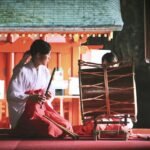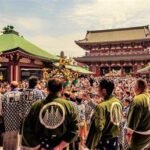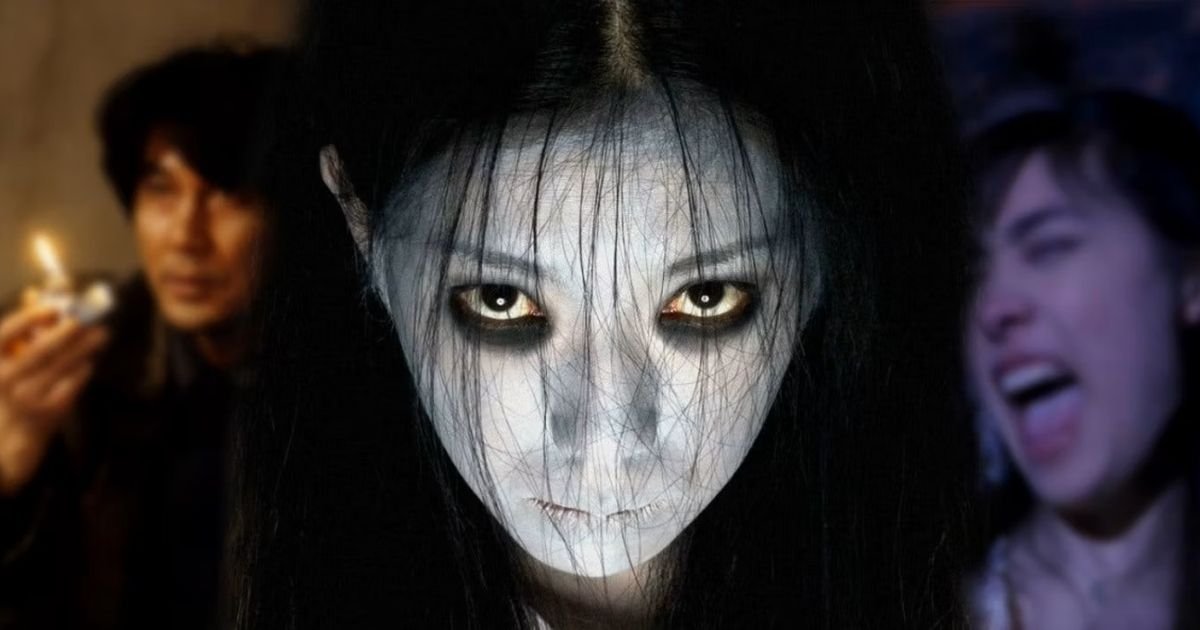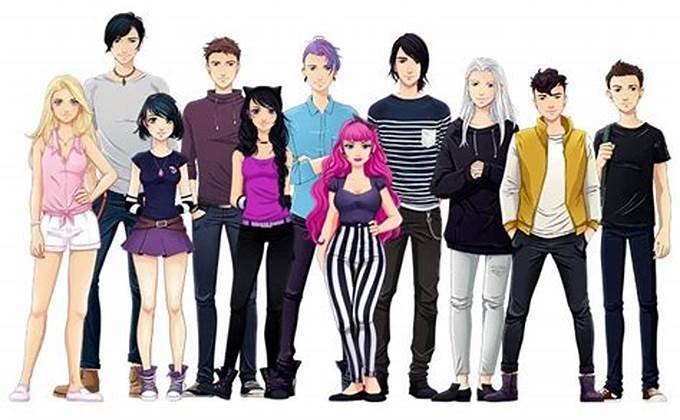Jidaigeki, or period dramas, are one of the most beloved and enduring genres in Japanese cinema. These films, set in Japan’s historical past, often during the Edo period (1603-1868), showcase stories of samurai, commoners, and political intrigue. From their traditional roots in theater to their cinematic evolution, Jidaigeki films offer a glimpse into Japan’s history and its cultural values, making them a staple of Japanese film history.
1. What is Jidaigeki?
The term Jidaigeki translates to “period drama” and specifically refers to films set in Japan’s historical past, often focusing on the daily lives of samurai, merchants, and peasants. These films typically revolve around:
- Samurai ethics and bushido (the way of the warrior)
- Feudal societal conflicts and political tensions
- Stories of loyalty, revenge, honor, and betrayal.
The genre draws from kabuki and noh theater, blending traditional Japanese storytelling with historical settings to depict the rich tapestry of feudal Japan.
2. The Roots of Jidaigeki in Theater
Jidaigeki films originated from kabuki and noh theater, two of Japan’s classical theater forms. These dramatic styles heavily influenced early Japanese cinema, with their emphasis on exaggerated movements, stylized performances, and intense emotional drama. Jidaigeki films often translated the visual and thematic elements of these traditional performances into cinema, creating a bridge between stage and screen.
Key Theater Influences:

- Kabuki: Known for its bold performances and colorful costumes, kabuki influenced the visual spectacle and dramatic tension in Jidaigeki films.
- Noh: With its more refined, minimalist approach, noh theater contributed to the subtle, slow-paced storytelling often found in period dramas.
3. Evolution of Jidaigeki in Japanese Cinema
Jidaigeki evolved significantly over the decades, from silent films of the 1920s to the visually sophisticated epics of post-war Japan. During the 1950s, the genre reached new heights, with directors like Akira Kurosawa and Kenji Mizoguchi producing globally acclaimed period dramas.
Important Films in the Genre:
- “Rashomon” (1950): Directed by Akira Kurosawa, this film blends samurai action with philosophical inquiry, offering multiple perspectives on a crime in feudal Japan.
- “Sansho the Bailiff” (1954): Mizoguchi’s film is a heartbreaking tale of loss and endurance, focusing on the plight of commoners in feudal Japan.
- “Yojimbo” (1961): Kurosawa’s subversive take on the samurai genre, featuring a rogue warrior who manipulates two warring factions.
4. Themes in Jidaigeki Films
Jidaigeki films often focus on honor, duty, and morality. These films portray characters, particularly samurai, who must navigate personal loyalty and social responsibility, often at great personal cost. Other common themes include:
- Class Struggle: The tension between samurai, merchants, and peasants often serves as a backdrop for larger societal commentary.
- Justice and Revenge: Stories of betrayal and revenge are common, as characters seek justice within the rigid structures of feudal Japan.
- Romanticized Violence: The sword-fighting scenes in Jidaigeki films are highly stylized, emphasizing honor in battle.
5. Jidaigeki’s Influence on Global Cinema
The influence of Jidaigeki on global cinema, particularly through the works of Akira Kurosawa, is undeniable. Kurosawa’s Jidaigeki masterpieces such as “Seven Samurai” and “Yojimbo” have been remade as Western films like “The Magnificent Seven” (1960) and “A Fistful of Dollars” (1964).
Cross-Cultural Impact:
- The spaghetti Western genre in Italy borrowed heavily from Jidaigeki’s lone warrior archetypes.
- Filmmakers like Quentin Tarantino and George Lucas have cited Kurosawa’s Jidaigeki films as major influences on their own works, particularly in terms of narrative structure and character development.
6. Jidaigeki in Modern Japanese Cinema
While Jidaigeki’s golden age may have been in the 1950s and 1960s, the genre remains relevant in contemporary Japanese cinema. Directors like Yoji Yamada and Takashi Miike have brought fresh perspectives to the genre, producing films that challenge traditional depictions of samurai and feudal society.
Recent Examples:
- “The Twilight Samurai” (2002): Directed by Yoji Yamada, this film offers an intimate portrayal of a low-ranking samurai trying to provide for his family, focusing on the personal struggles of individuals in a rapidly changing society.
- “13 Assassins” (2010): Takashi Miike’s film reinvigorated the genre with its intense action sequences and moral complexity, reintroducing Jidaigeki to modern audiences.
7. The Legacy of Jidaigeki
Jidaigeki continues to be a defining genre in Japanese cinema, offering viewers a window into the country’s feudal past. It preserves Japanese culture, tradition, and ethics, while also evolving to reflect contemporary concerns. Whether through classic films or modern reinterpretations, Jidaigeki remains a genre that resonates with both Japanese and international audiences.
Conclusion
The genre of Jidaigeki is an essential part of Japanese cinema, reflecting the country’s historical narratives and cultural values. From its roots in traditional theater to its global cinematic influence, Jidaigeki continues to captivate audiences with its rich storytelling and powerful visuals. The genre not only preserves Japan’s history but also offers timeless lessons on morality, honor, and the human condition.










